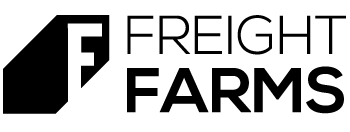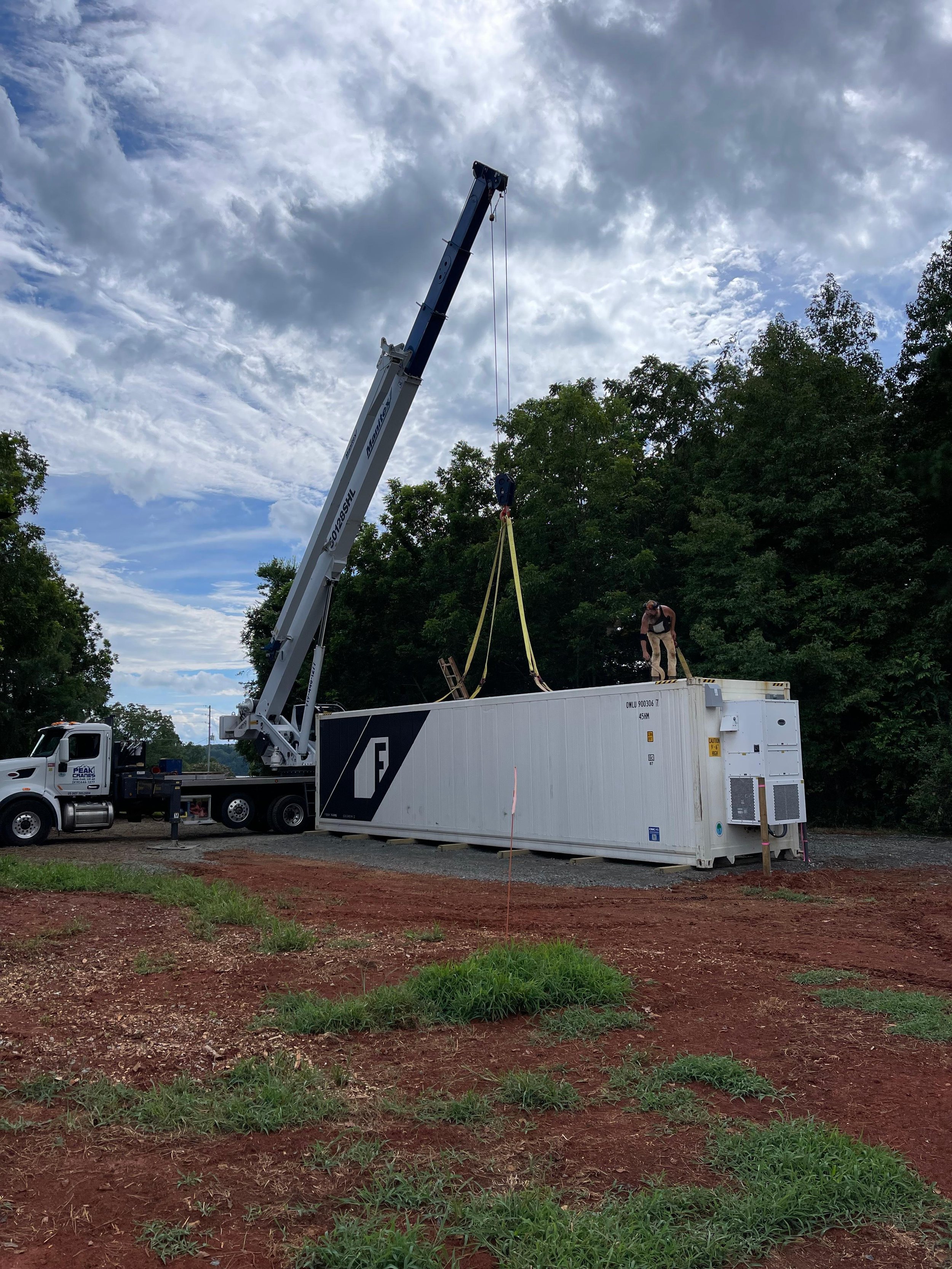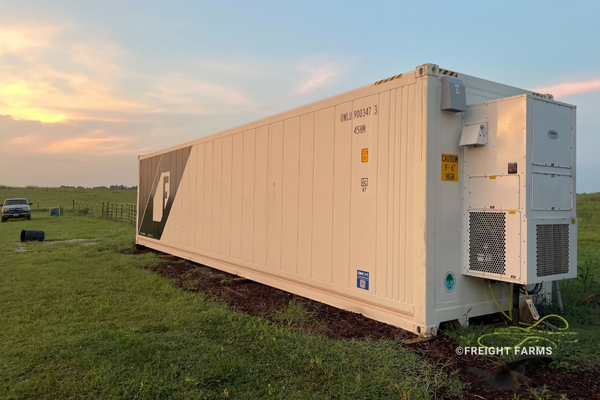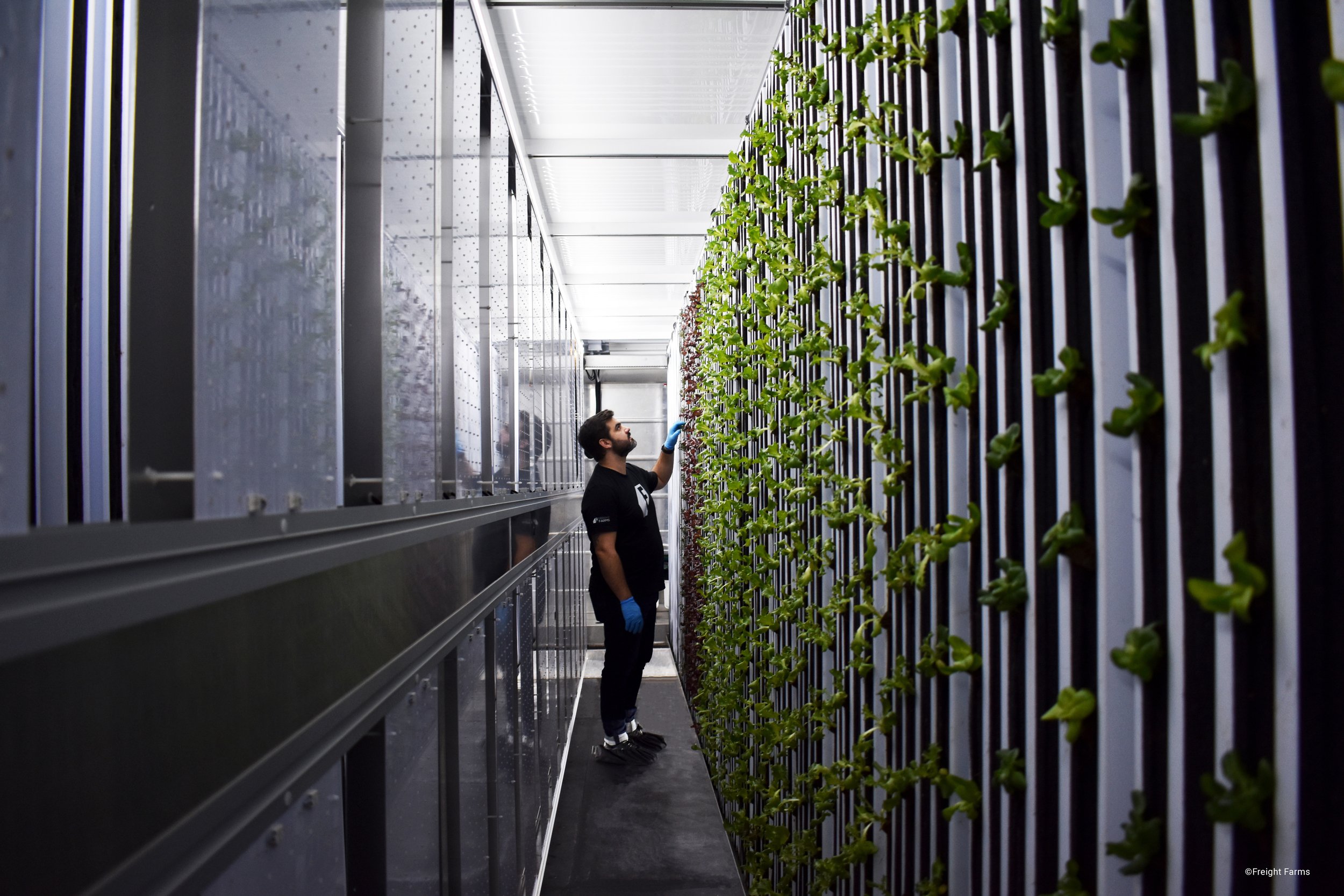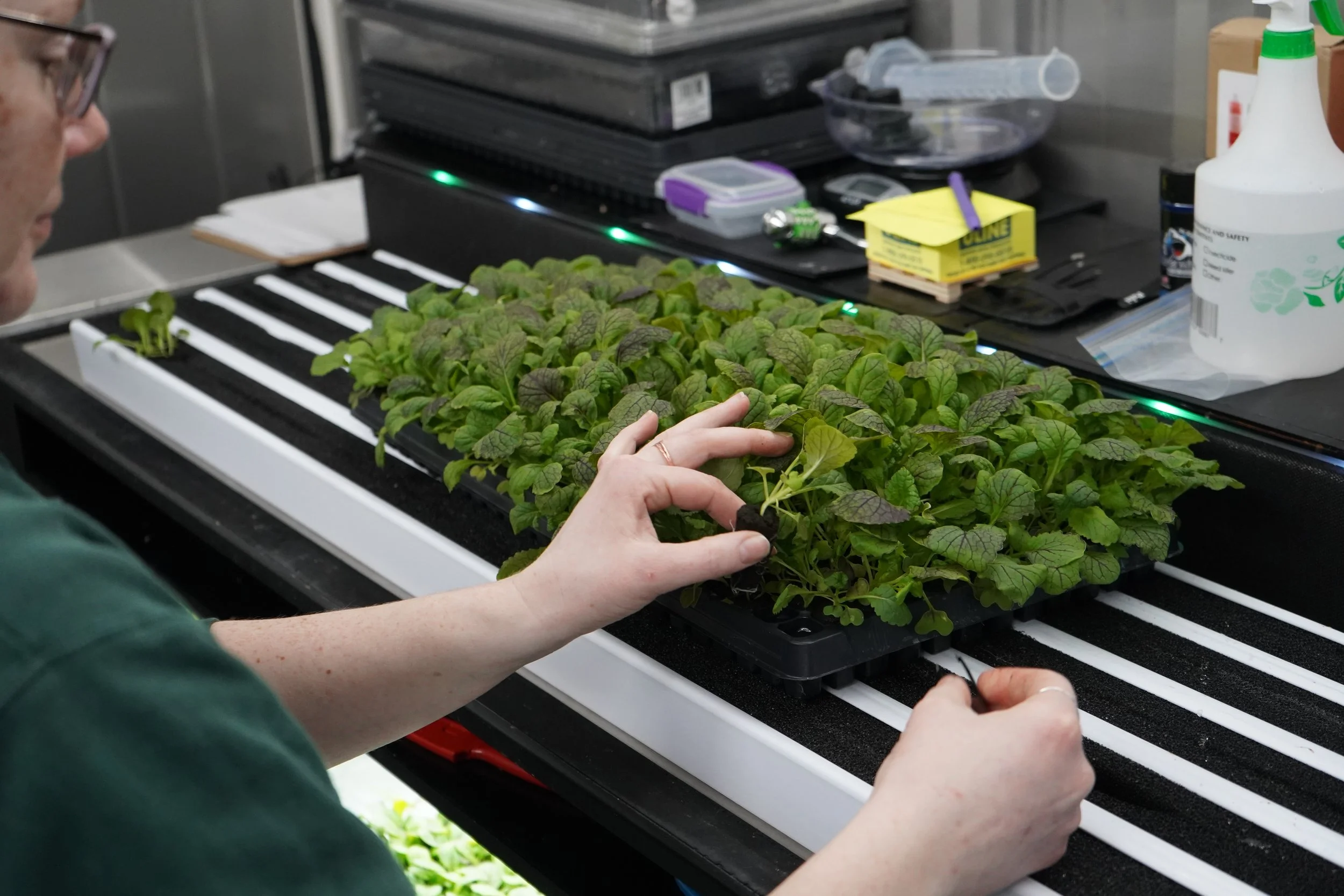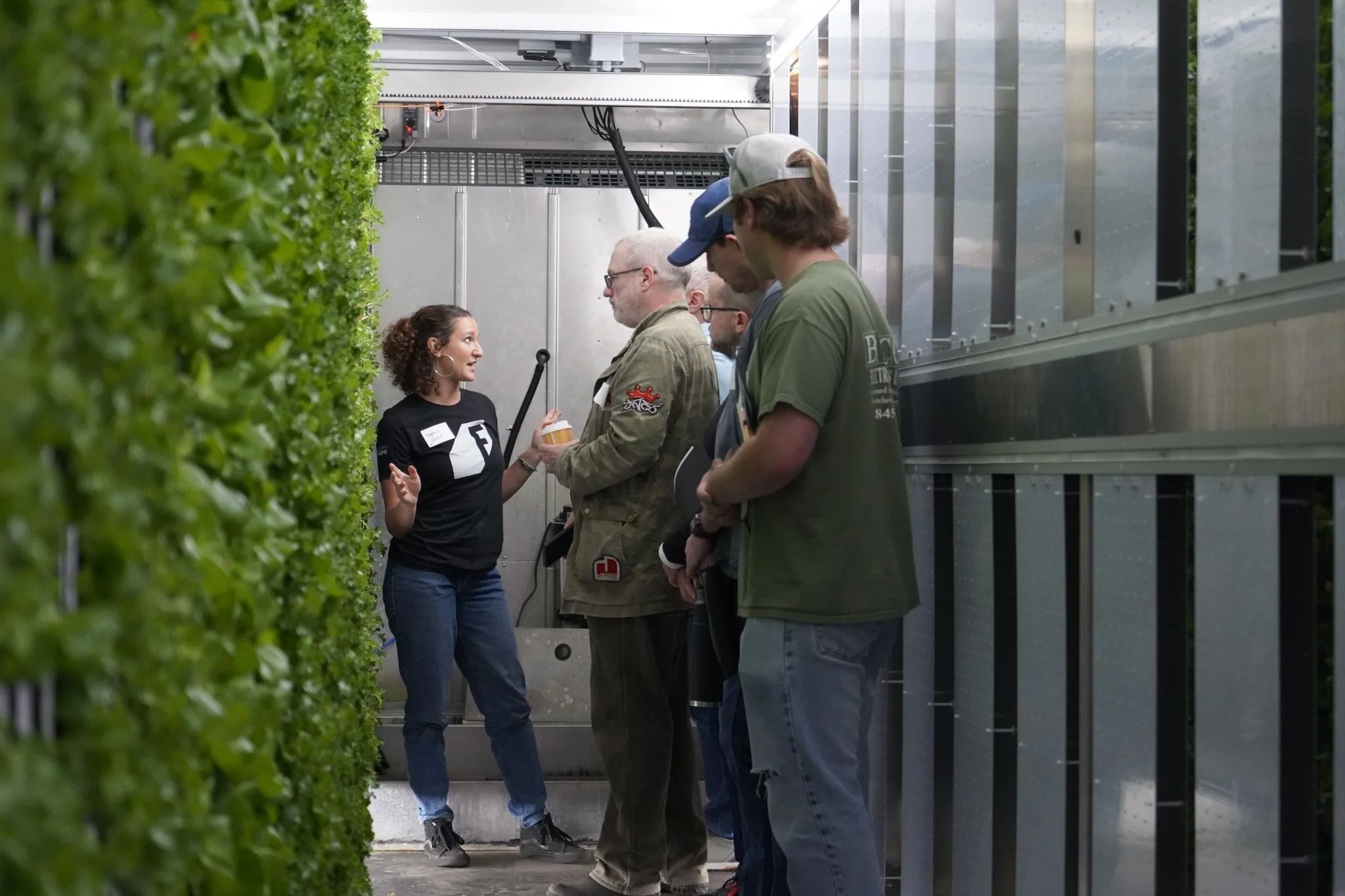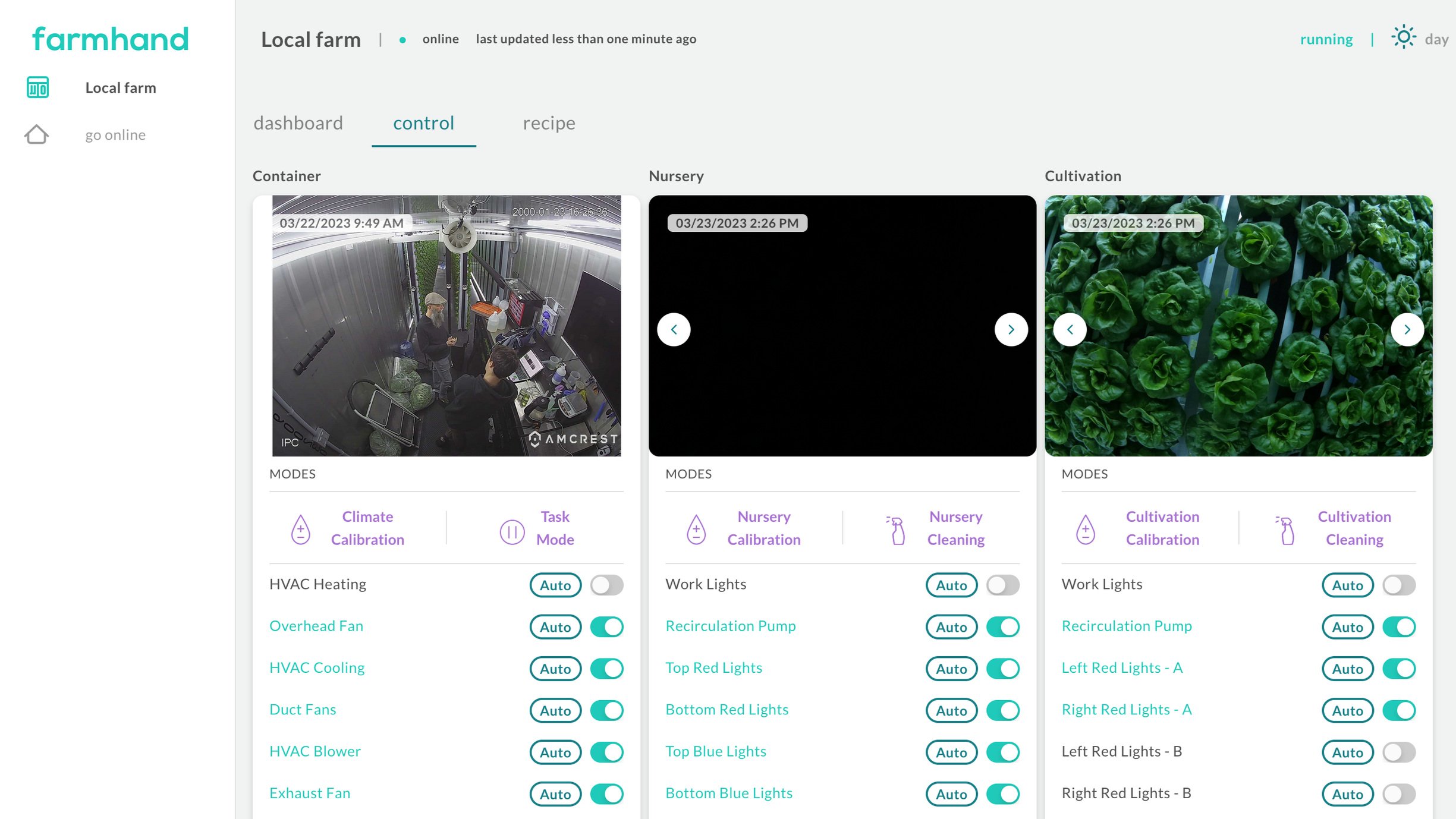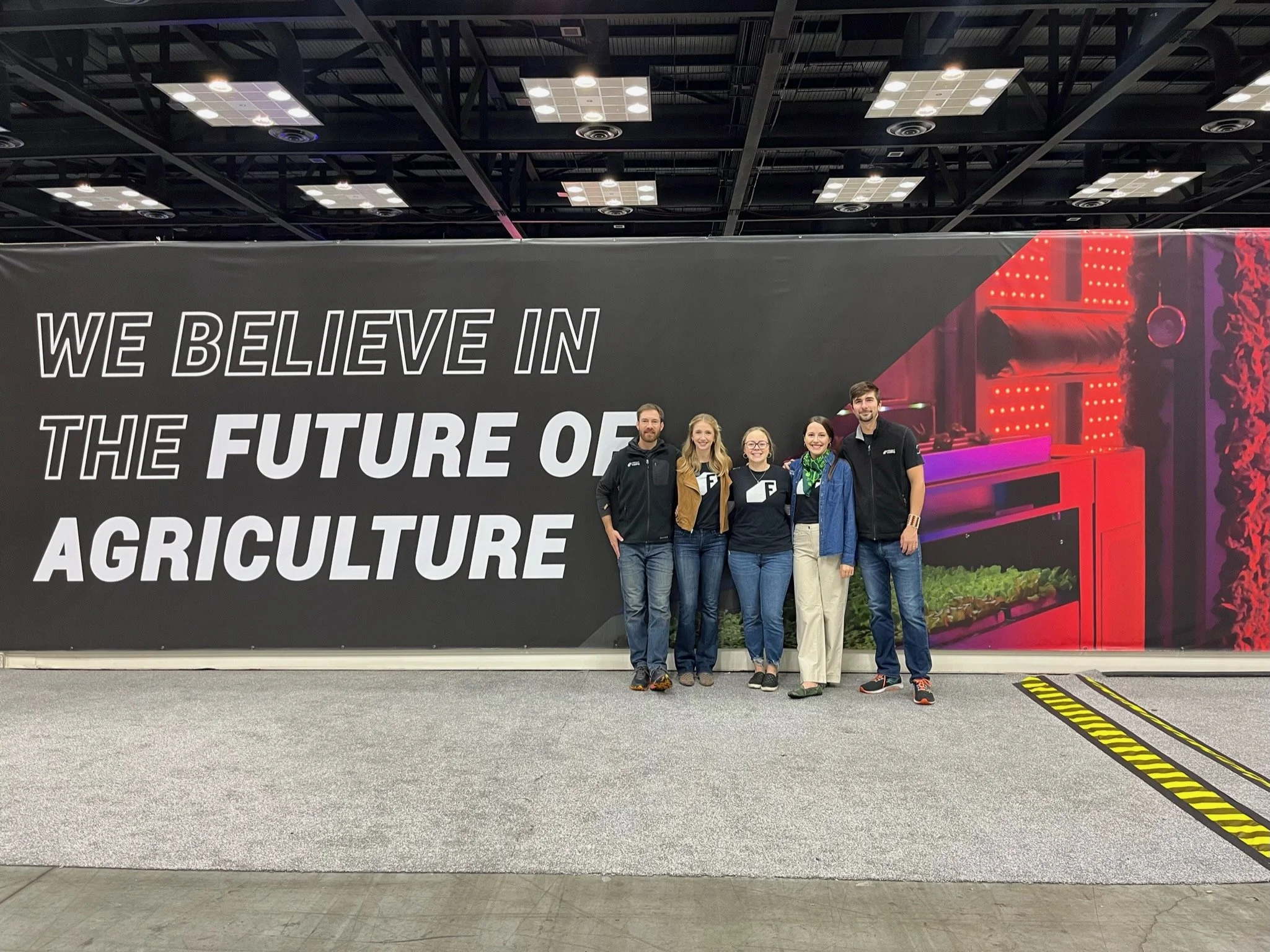Beginner’s Guide to Applying for Grants for Your Freight Farm
Introduction
Applying for grants can be an essential way to fund your Freight Farm, but the process can seem overwhelming for first-time applicants. Whether you're a school, nonprofit, or entrepreneur looking to start a sustainable farming project, this step-by-step guide will help you navigate the grant application process with confidence.
Step 1: Understand the Types of Grants Available
Before applying, it's important to know what types of grants exist and which ones align with your project. Common types of grants include:
Federal Grants – Offered by government agencies like the USDA to promote sustainability, food security, and education.
State and Local Grants – Many state agricultural and community development programs provide funding for small farms and food initiatives.
Private and Foundation Grants – Organizations such as the National Farm to School Network support educational farming projects.
Corporate Grants – Some companies offer grants to initiatives that align with their sustainability and corporate social responsibility goals.
Pro Tip: Use grant search databases like Grants.gov or Foundation Directory Online to identify relevant funding opportunities.
Step 2: Finding the Right Grant for Your Freight Farm
Not all grants will be a perfect fit for your project. When researching potential funding, consider:
Eligibility Criteria – Does the grant specify requirements related to location, business type, or project focus?
Funding Amount – Does the grant provide enough funding to cover the scope of your Freight Farm project?
Application Timeline – Some grants have strict deadlines and multi-stage review processes.
Match Requirements – Certain grants require matching funds from applicants.
Once you've found a grant that aligns with your project, review the application guidelines thoroughly.
Step 3: Breaking Down a Grant Application
Most grant applications require the following components:
Project Proposal – A clear explanation of your Freight Farm project and how it aligns with the grant’s goals.
Budget Justification – A breakdown of how the funds will be used, including equipment, operations, and maintenance.
Impact Statement – Details on how your farm will benefit the community, support sustainability, or advance education.
Supporting Documents – Letters of recommendation, business plans, nonprofit status documentation, and other required files.
Pro Tip: Make sure to tailor your proposal to each grant’s specific priorities instead of using a one-size-fits-all approach.
Step 4: Writing a Strong Grant Proposal
Crafting a compelling grant proposal requires clarity, detail, and alignment with the funder's mission. Follow these best practices:
Start with a Strong Introduction – Clearly outline your mission, project goals, and intended impact.
Use Data and Evidence – Demonstrate why your Freight Farm is needed using statistics and research.
Be Clear and Concise – Avoid jargon and overly technical language; keep it readable.
Include a Detailed Timeline – Show your step-by-step implementation plan to reassure funders of project feasibility.
Proofread and Edit – Small errors can undermine credibility, so review your application multiple times before submission.
Step 5: Timeline for Grant Applications
Understanding the grant application timeline helps ensure you meet all deadlines. A typical timeline includes:
📅 1-3 Months Before Deadline – Identify grant opportunities and begin drafting proposals.
📅 1 Month Before Deadline – Gather necessary documents and refine your proposal.
📅 2 Weeks Before Deadline – Finalize application and seek feedback from advisors or colleagues.
📅 Submission Deadline – Ensure all materials are submitted correctly and on time.
📅 Post-Submission – Follow up on application status and prepare for potential interviews.can help connect you with funding sources and provide resources to guide your application process.
Step 6: What to Expect After Submission
After submitting your grant application, be prepared for:
Review and Evaluation – Most grants go through a selection process that can take weeks or months.
Possible Interviews or Site Visits – Some funders may request additional information or a demonstration of your project plan.
Approval or Denial Notification – If approved, you’ll receive funding instructions; if denied, request feedback to improve future applications.
Step 7: What to Do If You Don’t Get the Grant
Not all applications will be successful, but you can take proactive steps to improve for next time:
Request Feedback – Reach out to the grant provider for insights on how to strengthen your application.
Revise and Reapply – Many grants have recurring cycles, so refine your proposal and try again.
Look for Alternative Funding – Consider crowdfunding, partnerships, or other grants that align with your goals.
Get Started on Your Grant Application Today!
Applying for grants for your Freight Farm doesn’t have to be intimidating. By following these steps, you can increase your chances of securing funding to launch or expand your farm.
Need guidance on available grants? Our team can help connect you with grant resources and support your application process. Contact us today to get started!
